East Meon
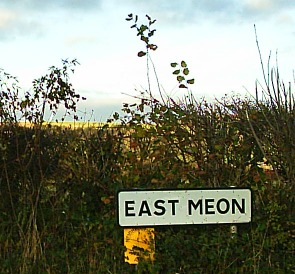
This is where the Colverson name began. East Meon is the archetypal English village nestling among the folds of the South Downs. In the heart of the countryside, it's about 15 miles from Portsmouth and the coast in the south and Winchester in the west. The hamlet of Frogmore is just to the east and the twin village of West Meon a couple of miles to the north-west. Here's a map.

Picturesque and gentrified, it's a far cry from the time when Richard and Olive lived in the village. It even has it's own web site. However, in one respect it's turning full circle back to that agricultural age. Rather than being just a place where residents commute from, the internet has enabled many to again work from their homes. This has had the desirable effect of increasing demand for local services.

East Meon Forge, established 1894.
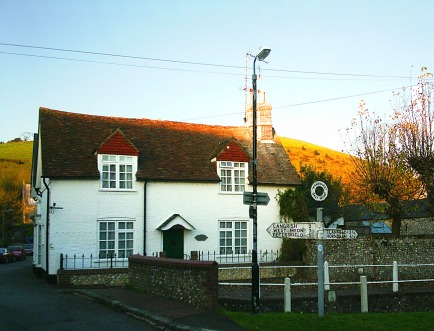
The crossroads. Langrish 2 miles, West Meon 3, Petersfield 5. The other way; Clanfield 3¾ and Horndean 6¼.
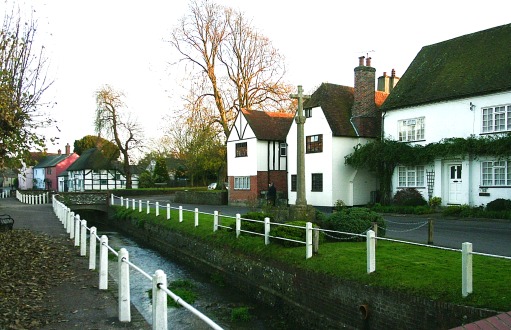
The River Meon runs through the middle of the village. It rises in the hills to the east the other side of Frogmore and makes it's way down the High Street, on to West Meon, and eventually ends up at the sea in the Solent. After serious floods in 1951 and 1953, the river course was altered and deepened and successfully prevented a recurrence.
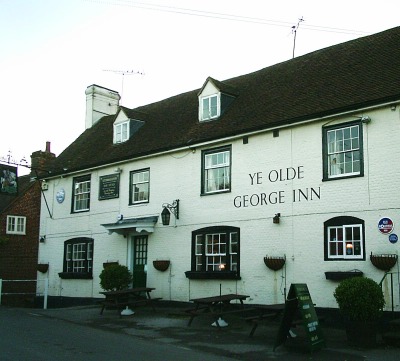
Ye Olde George Inn does a very fine Sunday lunch. Inside are old pictures of the inn - it probably was a public house in Richard's time.

Charity cottages erected in memory of George Forbes by his widow. The inscription above the entrance reads "To The Honour of God". The Forbes family were local wealthy benefactors.
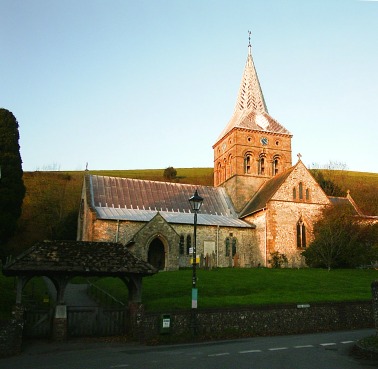
The Parish Church of All Saints' dates from the 11th century, built after the Norman Conquest. Of particular note is the font, which was made by the sculptors of Tournai in Flanders using their local marble and laboriously brought to East Meon. Almost certainly this was a gift from the Bishop of Winchester, Henry of Blois, who lived in the village.
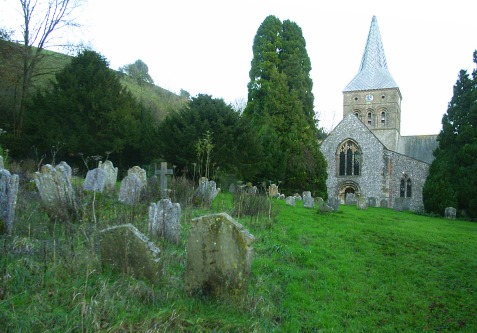
Although Richard and Olive are thought to have died and been buried here, there is absolutely no evidence among the gravestones. It's impossible to read the stones prior to 1920 or so and by that time, the Colversons had long left the area.